Why the Rotary Engine Failed Fri, June 16, 2023
Post# of 128870
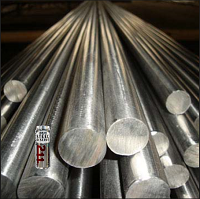
Fri, June 16, 2023 at 12:33 PM EDT·13 min read
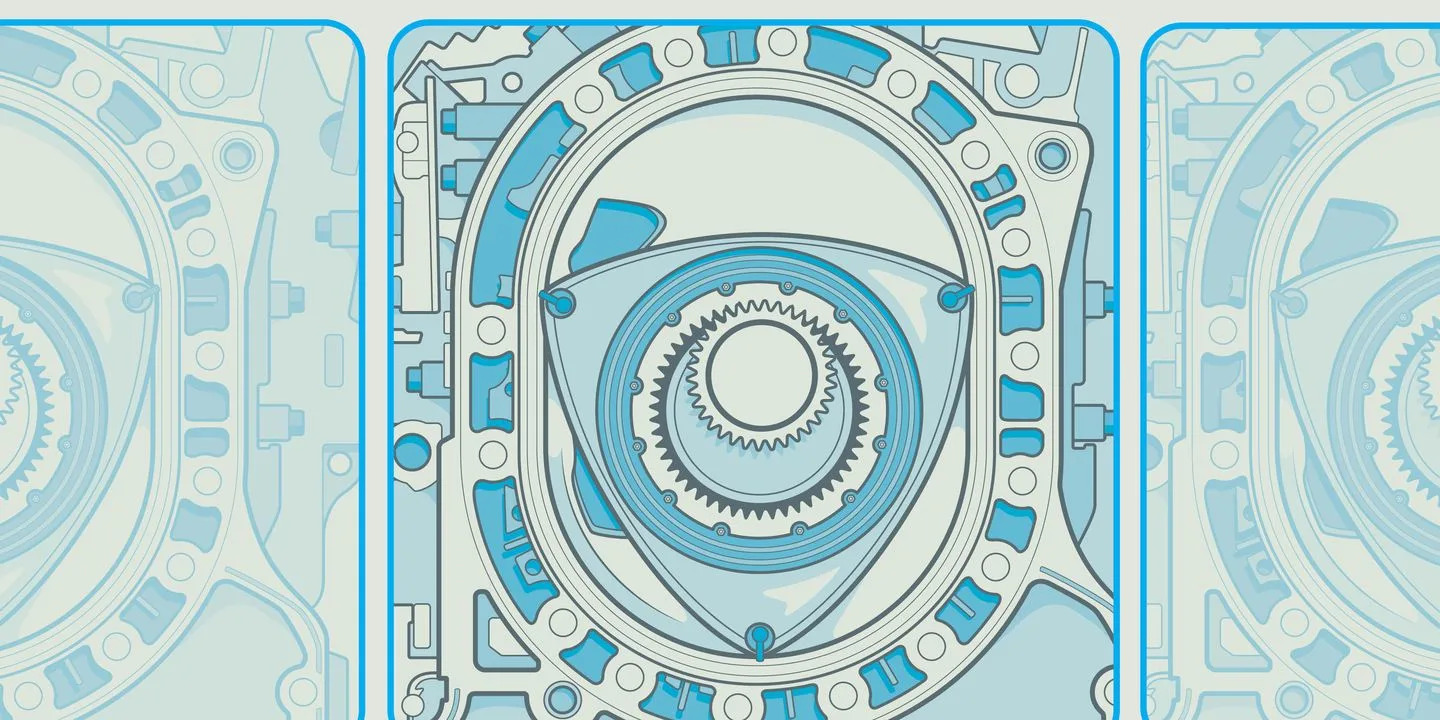
For a time, the Wankel rotary engine seemed like the future. In 1963, German automaker NSU—later absorbed into Audi—debuted the Wankel Spider, the first internal-combustion production car not powered by reciprocating pistons; 1967 saw NSU release the twin-rotor Ro80 and Mazda release the Cosmo Sport. Mercedes put serious research into the engine, and GM even believed that the rotary would supersede the piston engine in everything from the Vega to the Corvette. It appeared that the Wankel rotary represented a better way forward, but with hindsight, we know that is very much not the case.
Kenichi Yamamoto, head of the team who developed Mazda's rotary and later the automaker's president and chairman, wrote in his 1981 book Rotary Engine that rotary steam engines date back to the 1700s. As early as 1908, a number of engineers made rotary internal-combustion engines, but it was German Felix Wankel's basic design that became a production reality. "First, its principle is superior," Yamamoto wrote. "Secondly, enormous and untiring efforts have been made to make it work."
While today we have well and truly accepted the fundamental rightness of the four-stroke piston engine, John B. Hege in The Wankel Rotary Engine: A History points out that in the early days of the car, this wasn't necessarily the case. A piston engine is complex, with lots of moving parts; a rotary engine is much simpler, typically with two triangle-shaped rotors attached to an eccentric shaft and no valvetrain whatsoever. The motion of the rotor opens and closes the intake and exhaust ports. Automakers seek to reduce complexity and thus cost wherever possible, and so the Wankel rotary engine held much appeal. Furthermore, the pistons moving up and down in a conventional engine create enormous shaking forces, something best dealt with by increasing cylinder count. A rotary engine doesn't have any reciprocating mass, just rotating mass, so even a single-rotor engine is perfectly smooth. Rotary engines are also much smaller than their piston-driven counterparts allowing for all sorts of neat packaging opportunities. All that led to "enormous and untiring efforts" not just by Mazda and NSU, but Citroën, Mercedes-Benz, American Motors, and even GM, among many others.

In the Thirties, Wankel worked on both piston engines with rotating disc-shaped valves and true rotary engines. He was also a militant Nazi and clashed with party leadership, being jailed in 1933. His technical prowess attracted interest from Daimler-Benz, whose chief engineer convinced one of Hitler's advisors, Wilhelm Keppler, to free Wankel. Apparently Wankel was a bit hard-headed because he lasted less than a year at Mercedes before going to work for BMW. In 1936, the Nazi government gave him his own workshop to further develop disc-valve piston engines, which were eventually used in Luftwaffe fighters and torpedoes. Wankel was jailed after the war and freed in 1946, and Keppler subsequently set him up with NSU.

Wankel's original rotary design featured both a triangle-esque rotor like the one we know today, but with a combustion chamber that spun as well. In 1954, NSU debuted a motorcycle supercharger using this design. However, it was NSU's Hanns Dieter Paschke (without Wankel's knowledge) who created the design we know today, with a rotor spinning on an eccentric shaft in a fixed housing. (It was still called a Wankel because Felix owned the patent on this type of engine.)
A prototype for a roadgoing rotary engine arrived in 1957, and NSU was soon touting it as the engine of the future. Road & Track's June, 1960 look at the Wankel and other types of rotary engines takes on a tone of skeptical bemusement. It concludes, "[h]undreds of rotary valve types have been tried and it is their uniform and regular failure which tends to make the more sophisticated engineer feel somewhat less than optimistic over any form of rotary engine. If a small-diameter rotary valve won't work—how could a still larger unit function as an engine? The chances are very slim and in the meantime, we can only wait (and hope) to see whether the NSU engine will prove to be a profound and important breakthrough, or another will o' the wisp."
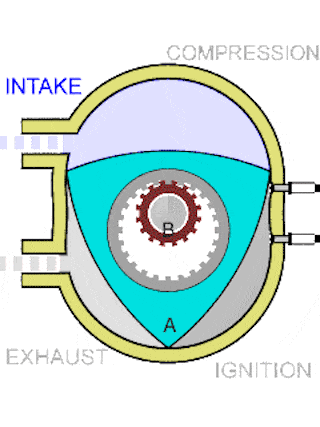
Automakers were decidedly more optimistic, or at least hedging bets, with many signing up to license the technology even before the debut of the Wankel Spider. Mazda was one of the first, getting a license in 1961, just one year after it began production of its first car. It proved to be a crucial move. Like most of the countries ravaged by the War, Japan took on an "export-or-die" approach to its car industry. The Japanese Ministry of International Trade and Industry pushed the country's various automakers to consolidate to achieve these aims, and Mazda was likely going to be merged with Toyota, Nissan, or Isuzu. Its research into the rotary engine was what convinced the government to give Mazda a shot at going it alone.
Yamamoto led a team on rotary development hat later became known as the "47 samurai." According to a Mazda history article, he told them "from now on, the rotary engine must be on your minds at all times, whether you are sleeping or awake." In 1963, one of the samurai came up with a solution for one of the engine's biggest problems. The three tips, or apexes, of the rotor are always in contact with the outside walls of the combustion chamber, and this causes quick wear. The engineer developed an apex seal with a unique shape and made from a carbon-aluminum alloy that allowed the engine to be commercially viable. In 1964, Mazda showed off the first prototype for the twin-rotor Cosmo Sport, and over the next three years, systematically worked out the kinks to make the rotary ready for public consumption. In 1968, a year after the Cosmo Sport's debut, Mazda put its twin-rotor in a mass-market car, the Familia Coupe, and many more models followed.
The Wankel Rotary Engine notes that NSU issued 15 licenses for its technology by 1966, a lucrative venture in its own right. The compactness of a rotary was a huge benefit. Yamamoto's book has a great illustration showing how a twin-rotor engine is much shorter in height and length than both inline-four and -six cylinder engines. Another image shows the main parts content of a twin-rotor and a single-cam inline-six, and the rotary has less than a third the amount, minus fasteners. A rotary is easily modular too—you can just keep adding rotors to your heart's content. Though of course, something like a four-rotor engine is relatively long.
Outside of NSU and Mazda, the only other automaker to put a rotary into production was Citroën. It was a disaster. The French automaker was something of an engineering powerhouse, but it lagged behind on engines. The rotary not only suited Citroen's penchant for quirky engineering, but also its preference for a longitudinal-engine front-wheel drive layout with engine out ahead of the front wheels.
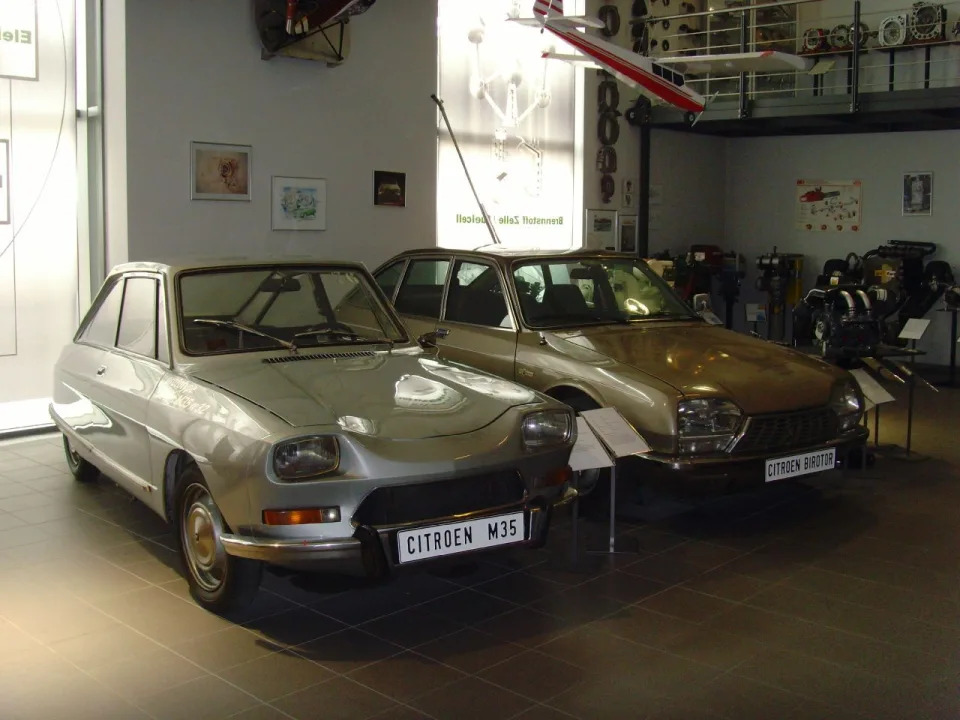
Citroën and NSU set up a company, Comotor, to develop rotary engines for the French automaker. The first was a single-rotor used in the experimental M35, which was leased to loyal Citroën customers for a sort of public beta test. (And you thought Tesla was the only automaker that did this sort of thing.) The M35 led to a twin-rotor for the GS, Citroën's mid-level family car slotted between the basic 2CV and its derivatives and the large, luxurious DS. While standard versions of the GS used the air-cooled flat-four from the Ami, the GS Birotor sat at the top of the lineup with a 2.0-liter twin-rotor that made over 100 horsepower—nearly double the standard model.
In a fit of terrible timing, the GS Birotor debuted in September 1973, one month before the oil crisis shook the world. Comotor's rotary may have been small and powerful, but the GS Birotor was less fuel-efficient than the much larger DS. As the Lane Motor Museum—which owns what it believes to be the only running GS Birotor in the U.S.—says the Birotor was also 70 percent more expensive than a standard model, bumping the price beyond that of a base DS. On top of all this, it was unreliable, with engine replacements often required after 20,000 miles over failing apex seals. Citroen wanted the rotary to power the DS-replacing CX, but it soon had to cancel the entire rotary program after just 847 GS Birotors were sold. It was one of the main factors that led to Citroën's bankruptcy in 1975 and subsequent sale to Peugeot.

The problems of poor fuel consumption and bad apex seals weren't unique to Citroën. NSU only ever built the Ro80, and it too suffered from the same issues. Both the Ro80 and the NSU brand died in 1977. Mazda developed the rotary much further than NSU ever managed, yet its sales were badly hurt by the fuel crisis, falling 50 percent between 1973 and 1974. Before the oil crisis, Mazda was working towards an entirely rotary-powered lineup; afterwards, it had to refocus on piston engines, relegating the rotary to specialized applications like the RX line of sports cars. Sales of its Wankel engine never again came close to matching the high of 1973. Hege's book also notes that Mazda rotary engines were considered to be very high-maintenance, and in addition to the fuel economy and apex-seal-wear problems, they consumed oil prodigiously.
Many around the world may accuse Americans of falsely believing the world revolves around them, but at least where the auto world was concerned in the Seventies, it kind of did. The U.S. was the largest market for many automakers, and so much effort went into meeting our increasingly strict standards. Mazda had a hell of a time trying to meet the emissions standards put forth by the Clean Air Act of 1970, while others just gave up trying. Even including the mighty Mercedes-Benz.
Mercedes saw potential in the rotary as a high-performance alternative to the piston engine. Per a Hemmings Sports and Exotic article from historian Karl Ludvigsen, the automaker determined that the Wankel's tendency towards high-end power over low- and mid-range torque made it unsuitable for its ever-heavier luxury cars. "At low revs, it didn't give that much power. Then it was [Mercedes chief engineer Rudi] Uhlenhaut's idea to make a little sports cars," Ludvigsen quoted engineer Hans Leibold as saying. "It suited the engine better. We started with two rotors in the normal passenger car, then three rotors in the sports car."
The sports car was the C111 concept, a rolling research vehicle. In its Mk2 guise, the C111 featured a spectacular four-rotor engine making 345 hp—as much as a contemporary Ferrari Daytona's 4.4-liter V-12. Power wasn't an issue, and according to Mercedes engineers, neither were the reliability and oil consumption issues that plagued other rotaries. Its efficiency and emissions were, however, and Mercedes concluded that the Wankel engine was a fundamentally flawed concept.
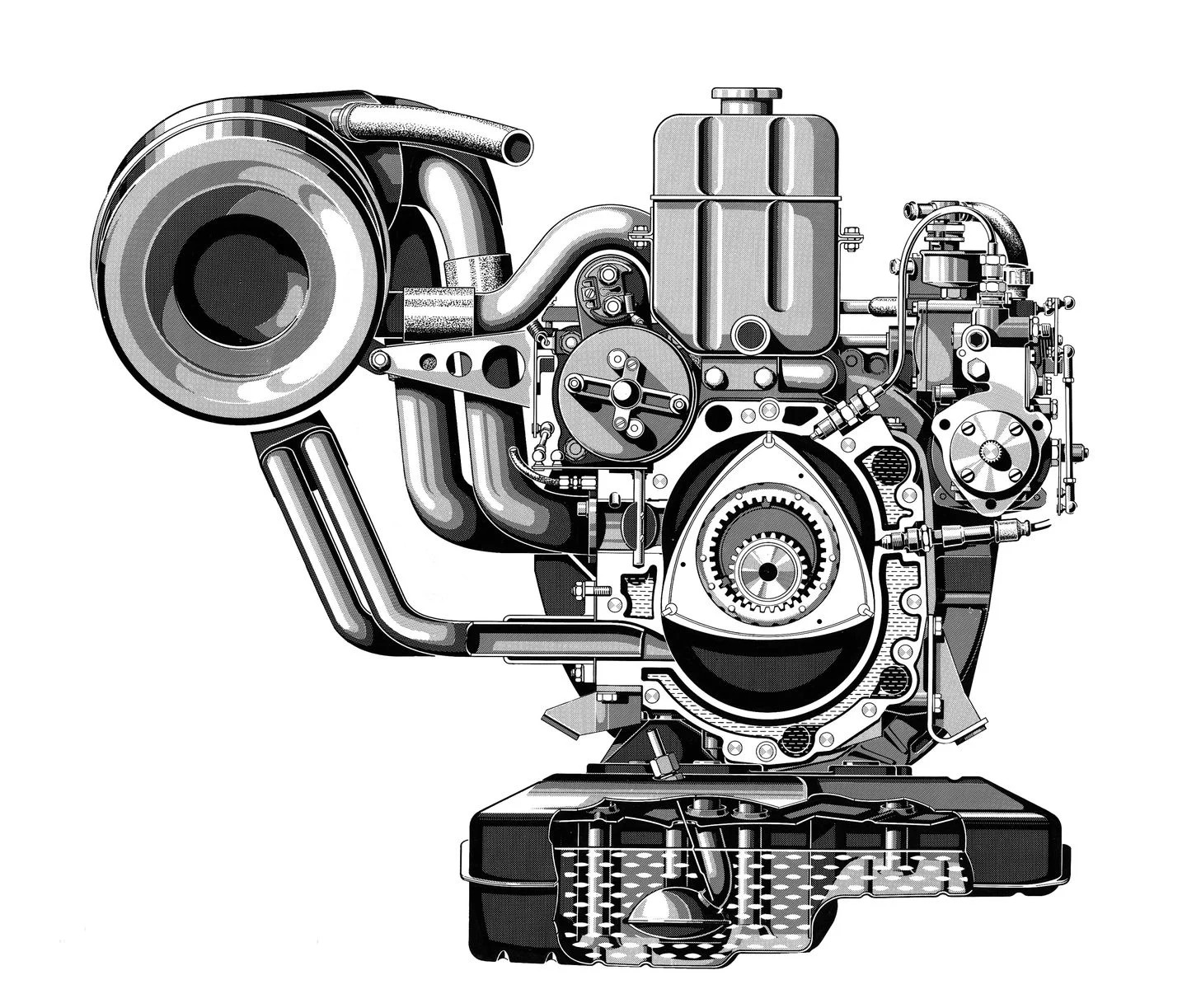
A rotary might be space- and parts-efficient, but its thermal efficiency—how much power it generates versus waste heat energy—leaves a lot to be desired. In a retrospective article from Mercedes, Kurt Obläneder, one of the lead engineers on the automaker's Wankel put it bluntly: "The combustion chamber is the central feature of the combustion engine. The priority is to produce an optimum design so as to achieve the most favorable thermodynamic efficiency, i.e. as complete combustion of the fuel as possible. The fact that this did not occur with the Wankel engine, indeed that it could not happen, manifested itself initially in high fuel consumption and later, even more publicly and confirmed officially, in the difficulties in meeting the still quite tame exhaust emission standards for passenger cars due to the high proportion of non-combusted hydrocarbons. It was this birth defect in the Wankel engine, its failure to offer an optimum combustion chamber, which was responsible for its rapid demise and not the constantly repeated suggestions of mechanical problems."
As a result of the shape of its combustion chamber, combustion occurs slowly in a rotary engine. This means a lot of fuel goes unburned. In a fuel- and emissions-conscious America—again, the most important car market in the world at the time—this just didn't fly. Mercedes eventually gave up on the Wankel, as did everyone except Mazda. The Hiroshima company had spent so much on the technology, that it likely didn't want to kill it outright, and throughout the Seventies and into the Eighties, Yamamoto rose through the ranks, championing the Wankel along the way.
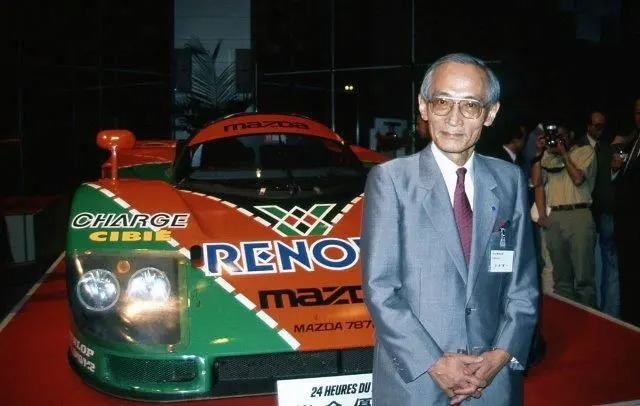
Not that there weren't a few moments of glory after rotary fever died down. The Mazda RX-7 gave the rotary its best home and turned into an unexpected sales success. Japan's bubble economy left automakers flush with cash in the mid-to-late Eighties, and Mazda poured even more money into the Wankel, giving it a renaissance of sorts. There was the powerful twin-turbo unit of the third-generation RX-7, the unique three-rotor of the Eunos Cosmo GT car, and of course, the greatest of them all, the four-rotor of the Le Mans-winning 787B. To this day, the 787B remains the only non-piston car to win the great race, and it will likely remain that way.
Mazda created a new rotary, the Renesis, for the RX-8 sports car in 2003, though even with all the hindsight from decades of Wankel development, it was plagued by the same sort of unreliability, oil-consumption, and inefficiency of its predecessors. The RX-8 was canceled in 2012, though Mazda kept a team working on Wankel development, and earlier this year, the company launched a version of its MX-30 EV with a 0.8-liter rotary range extender. Even with a rotary engine on sale today—though not in North America—it's hard to see this engine type making a comeback. Mazda is the only company with the institutional knowledge to build a rotary, yet like all other automakers, it has to focus its resources on mass-market internal-combustion engines and pure-electric powertrains.
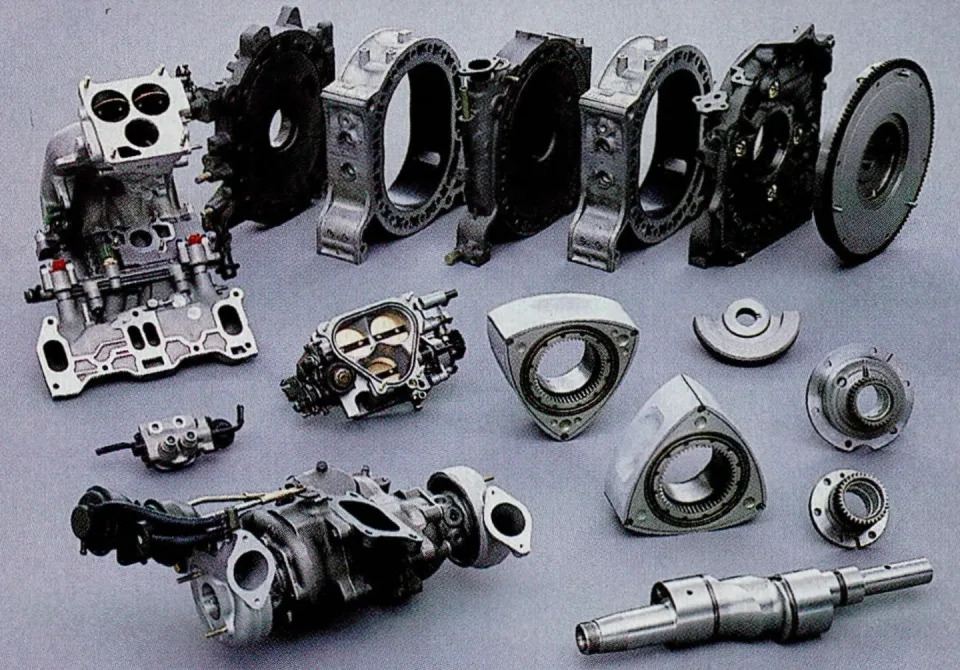
Hindsight is 20:20, and in the Sixties, when gas was cheap and air was dirty, it's easy to see why Felix Wankel's rotary could have provided a better way forward. It's just that the world changed and the reciprocating-piston internal combustion proved to be more versatile than Wankel and any other rotary acolytes may have thought. All that valvetrain is complex, and dealing with those reciprocating forces is difficult, but it could be done, and done cheaply, efficiently, and cleanly enough to satisfy automakers, customers, and regulators.
So, as we said in 1960, it turned out to be a "will o' the wisp," but one of great fascination, and one that ensured a future for Mazda. We're better for it.
Source:
https://www.yahoo.com/lifestyle/why-rotary-en...00370.html
I never knew what one of these were until a couple years back my buddy bought a decent RX-7 and was blowin' donuts in a wendy's parking lot, lost control, only to crash it into the car parked in the drive-thru.
 (1)
(1) (0)
(0)